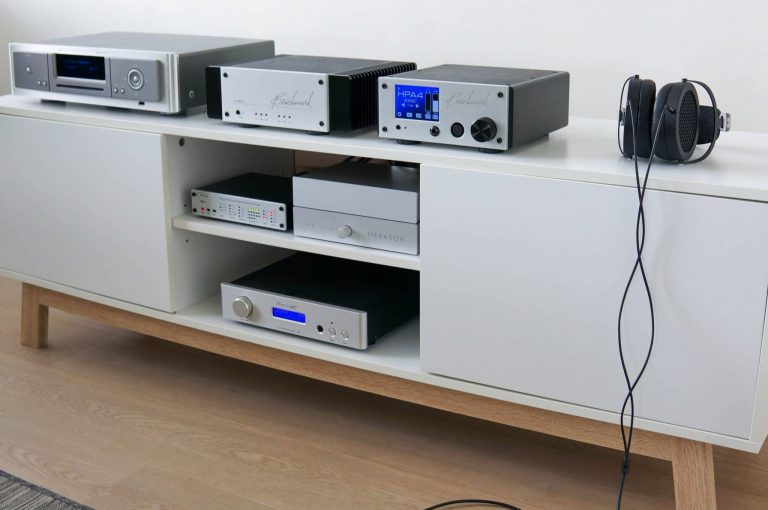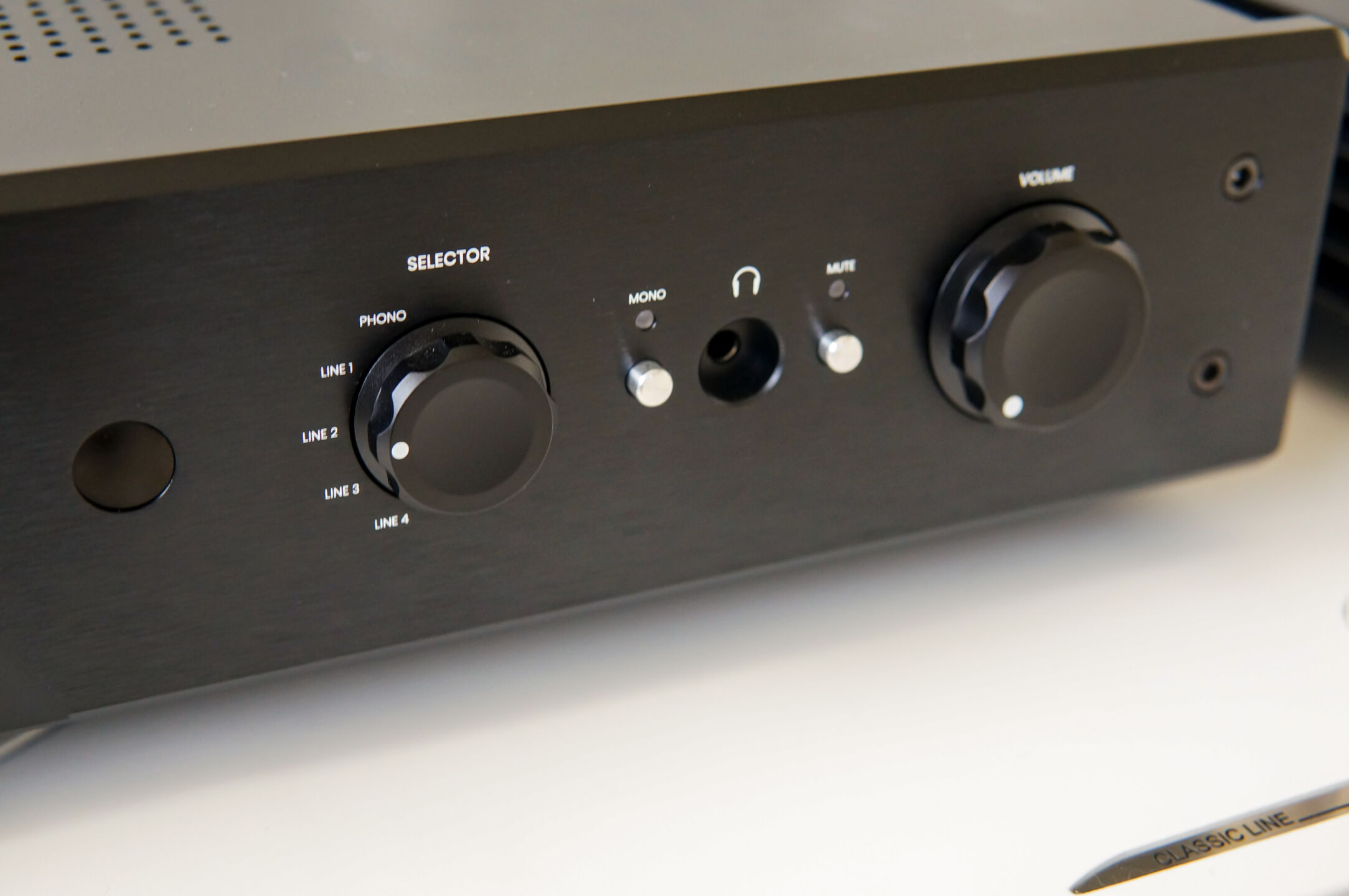

Intro
Contents
Writing reviews, and writing in general, is something that suits me. To the core. The combination of listening to music and writing about it is probably the ideal and when Jaap Veenstra asked me to write for Alpha-Audio I didn’t hesitate for a moment. I’ve been part of this great team for over three years now and I feel completely at home. My colleagues have the same passion and enthusiasm for the profession and don’t aim for mediocrity but for excellence. That is why we are appreciated by friend and foe alike. We strive to remain independent in everything we do. Only in this way can we give the reader meaningful information. In this story, I want to give you an idea of how I go about creating my reviews.
My listening room is a square of about 20m² with, on the side of the sofa, an opening to the living room. The entire space is then about 45m². In contrast to the headquarters in Haarlem where everything is measured out and numerous adjustments are made, I choose for the time being to test in a ‘normal’ listening room. With normal I mean wooden floor, carpet, sofa, painting, bookcase and some plants. And that’s it! Of course, space is an important part of our hobby but I find it equally valuable to look (and listen) at what a component does in a normal room. After all, a lot of you don’t have a custom listening room either and should be happy if a whole set can be put down ‘as is’.
Do I get the absolute maximum out of a component this way? Maybe not. Does this let me know to you how a component sounds under normal conditions. I think so. No two rooms are identical. Often in a store under perfect conditions you hear what a speaker can do but when you get home you can be disappointed. Certainly speakers should perform well in an ordinary living room. The basics have to be right. Changing a cable is still possible but you are not going to make a sharp sounding speaker sing with any adjustment.
Now I do not test the most expensive stuff and so my room does not have to be perfect. Who really buys in the high-end class will obviously have to pay more attention to his space. But in the price range up to 5000 euros, for example, as far as I’m concerned a speaker should be quick and easy to set up. You do not want to have to place them in perfectly to the millimeter to get a stable stereo image. They should also perform well in less perfect circumstances, for example closer to a wall. If you want to improve your 3D experience and depth in that soundstage, acoustic panels can certainly be used. But the system should sound good in basic conditions.
Test procedure
I always work according to a set pattern. I request stuff that interests me personally or that I think will interest you; the readers. Of course, the emphasis is on digital audio. When a demo model is available I always ask if it can stay for at least a month. This usually works out, not always, but I find that longer period essential to really get to know a product. That way I get not only a first impression but also a real feel for what the product can do. Often small frustrations, hiccups or strange things only come to light after a few weeks.
For example, I want to know if a product is user-friendly, whether the sound doesn’t get tiresome quickly, whether the app doesn’t drive me crazy, and whether a first positive impression lasts. Sometimes it is the other way around and we are not immediately impressed with a component. Over time, however, that impression can change completely. A speaker that doesn’t have an immediate wow effect will only show its true beauty after a few weeks. An amplifier that doesn’t immediately do what you expect I connect to another speaker. And so on.
Often you only notice after a while what you really have in the house and what the true power of a piece of hi-fi is. After all, a good product only gets better as the weeks go by and prolonged listening always reveals more details and secrets over time.
Getting used
With certain products, you also just need more time to thoroughly test everything. Then I’m thinking especially of sources and dacs. As mentioned earlier, I hear the big picture pretty quickly but the small, not unimportant subtleties don’t reveal themselves as quickly. Certainly from a certain level the differences are often minimal. Minimal but not unimportant. And to isolate them all takes time. A lot of time.
Two different dacs that you compare a/b will sound slightly different on a transparent system but how those differences manifest themselves is another story.
We let each device ‘warm up’ for a few days because although many devices already have some hours on the counter, sometimes brand new stuff comes in. We then usually let them acclimatize next to the television for a week Before we start writing and listening, we first read up on the product so that we have all the info in our heads. Especially explaining the underlying technology in human language is not always easy.
I never get too technical because today you can find all the specs and info online. I certainly touch on the most important things but I mainly want to tell a story. Where something comes from, who made it, how it looks, how it feels, how it is to use and of course how it sounds
















